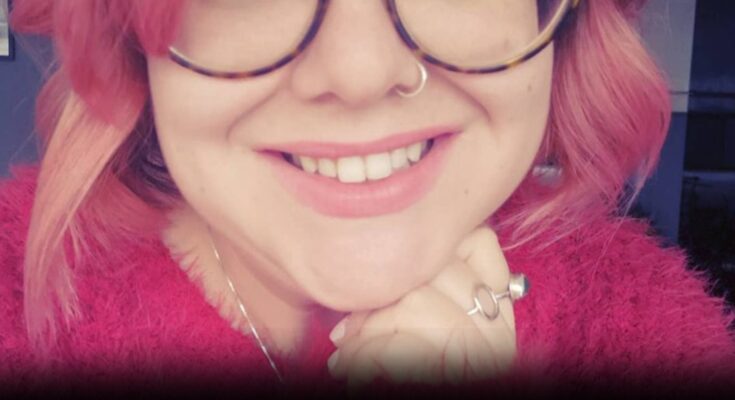Attraction doesn’t always follow a predictable path and for some people, it shifts and changes over time. This puzzling experience is more common than many realize, and it has a name: abrosexuality.
Let’s dive into the meaning of abrosexuality and how one writer’s 30-year journey helped bring this often-misunderstood identity into the spotlight.
In July 2024, Emma Flint shared her personal story in Metro UK, opening up about discovering she was abrosexual after decades of feeling confused by her shifting attractions.
At 32, Flint described how she spent years identifying as a lesbian, then feeling attracted to men, sometimes no one at all, and then back again.
For a long time, she said, she was “uncertain of who I was.”
“I felt lost, as if out at sea. I also felt like a fraud because of how much I changed my identity when chatting with loved ones,” explains the freelancer, based in Staffordshire, England.
“It wasn’t that I couldn’t make my mind up, but rather my identity shifted,” One day I felt like I was a lesbian, yet days or weeks later, I’d feel more aligned with bisexuality. My sexuality was fluid.”
It wasn’t until she stumbled upon the term “abrosexual” in an online forum that everything clicked.
“Finally,” she writes, “I felt seen.”
What is abrosexuality?
Healthline sheds light on abrosexuality, a lesser-known facet of the LGBTQ+ spectrum, characterized by fluid sexual attraction that evolves over time.
An abrosexual individual experiences frequent shifts in their sexual attraction; one day they may identify as gay, another day feel drawn to people of all genders, and at times, experience little to no sexual desire whatsoever.
Unlike labels such as homosexuality, bisexuality, heterosexuality, or pansexuality—which focus on the genders to which one is attracted—abrosexuality centers on the dynamic nature of attraction itself, regardless of gender.
Reflecting on her own experience with this fluidity, Flint states, “I love the person, not their gender, so the fluctuations in my sexuality don’t affect my connection with them.”
Yet, she acknowledges the frustration of others insisting she “pick a lane,” revealing a common misunderstanding: “Just because you don’t recognize or grasp an identity doesn’t make it any less real.”
What does abrosexuality look like in practice? It’s important to know there’s no singular template—each individual’s experience is distinct.
Healthline offers some examples:
- Day-to-day shifts: One day, attraction may be exclusively toward men; the next, exclusively toward women.
- Gradual changes: Attraction might span all genders for months, then narrow to just one gender over time.
- Fluctuating attraction levels: Some periods may bring little to no sexual attraction (akin to asexuality), followed by times when desire resurges, potentially toward different genders.
- Long-term evolution: A person may identify as straight for years before discovering attraction to other genders, adding complexity to their identity.
These glimpses illustrate the diverse and fluid nature of abrosexuality, highlighting that it defies a rigid, uniform experience.
“We’re continuously discovering new facets about ourselves—that’s the essence of growth,” Flint explains. “My hope is that abrosexuality will one day be embraced as simply another valid identity, not a fleeting trend.”
Her narrative transcends personal reflection; it underscores the profound role of language and visibility in self-understanding. Many wander through life feeling isolated or misunderstood, simply because the words to articulate their reality haven’t yet reached them.
What are your thoughts on all these identities? Please let us know what you think and then share this story so we can get the conversation started!



